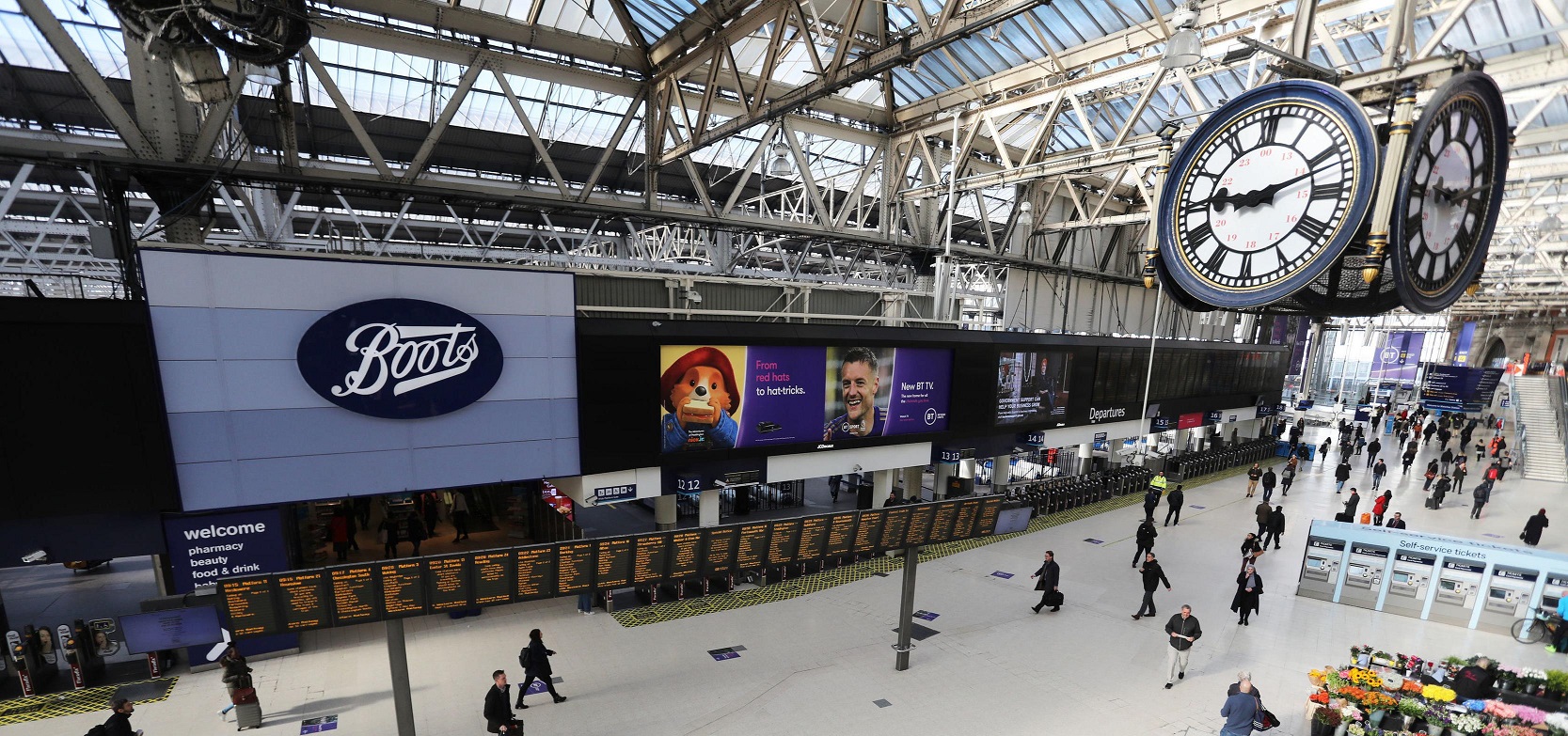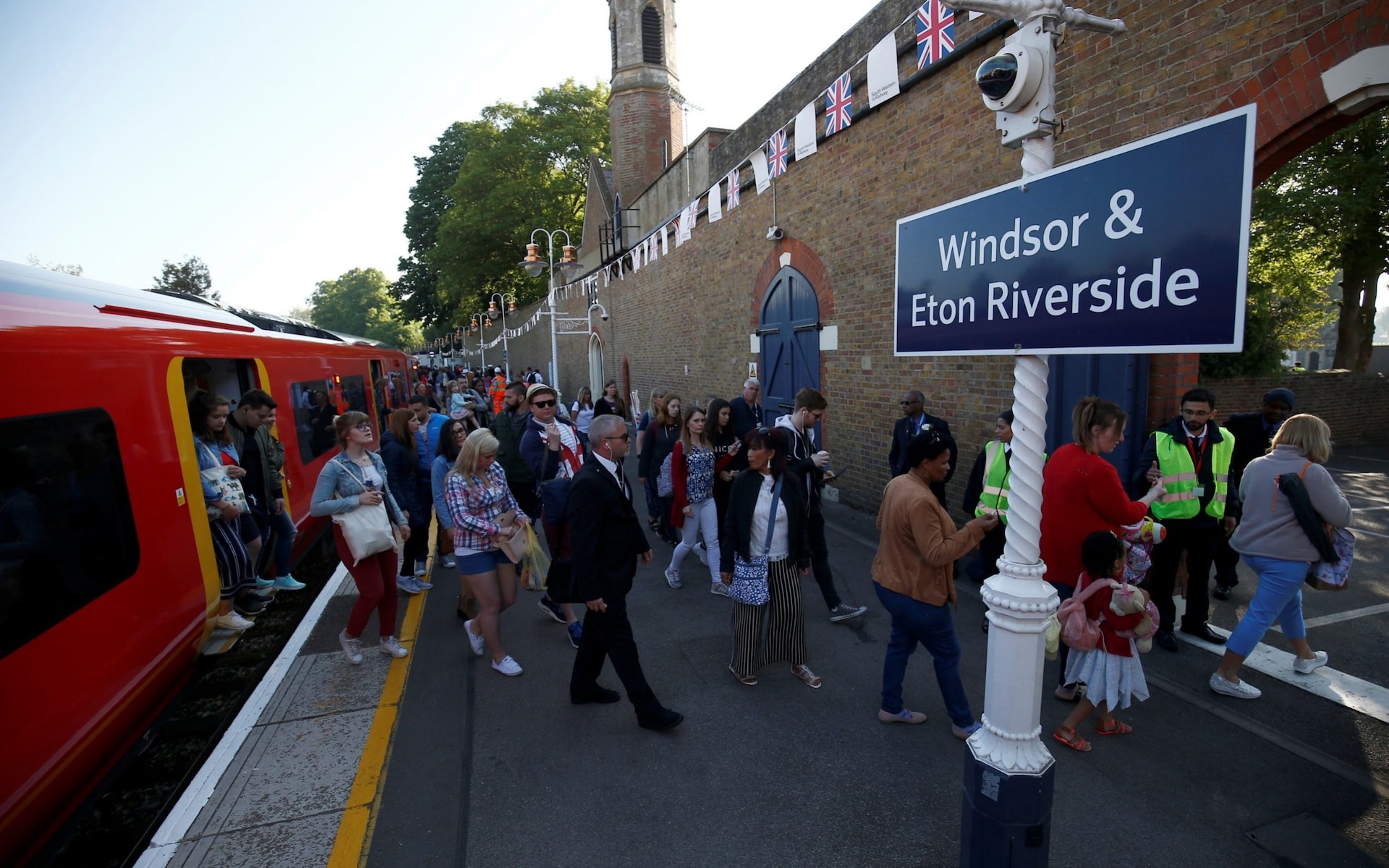We’ve been keeping deliberately quite here for the last year while we focus on a business case for phase 1 (connecting Slough to Staines via Windsor) of the new railway. The initial results are complete and I thought I would share the headline results.
At the beginning of last year WLR started the work to look at the engineering costs. This found that the proposed tunnel would cost around £75 million, of which £40 million would be for the cut-n-cover tunnel under Thames Avenue and £35m for the rail works. We allow a further £25m for other items making a total of £100 million. This means that we are well within our initial estimate of £500 million for the entire scheme.
Just before Christmas WLR (assisted by one of the world’s largest engineering firms) completed a revenue study to set against this cost. This projected that, provided we can run trains every 15 minutes, we would generate £20 million of fare revenue.
The environmental and economic benefits, both local and national, would be on top of this but we have yet to quantify these. Other benefits to local people may include council revenue equivalent to a cut of 1% in RBWM Council Tax, a ten minute reduction in journey time to both Paddington and Waterloo from Windsor and a 20 minute reduction from Maidenhead to Staines and south London. Slough, Maidenhead and Windsor would all be much better places for sustainable economic growth as a result of the WLR.
Railways do not usually have such a strong business case. HS2, for example, takes 60 years to pay back with some fairly heroic growth assumptions. Slough’s proposal for connecting only to Heathrow may take 50 to 100 years to pay back by our calculations. By contrast, crudely based on the figures above, phase 1 of WLR would pay back in about 10 years. If we include phase 2, connecting to Heathrow, then the payback on phase 1 will be even better. The reason that WLR has such a strong business case is that it is not really building a new railway but making better use of existing ones. By providing missing links rather than completely new infrastructure we can produce much better returns.
WLR has also made progress reducing the complexity of the project by breaking it down into more manageable stages. A proposal went to Network Rail last week we await their response.




